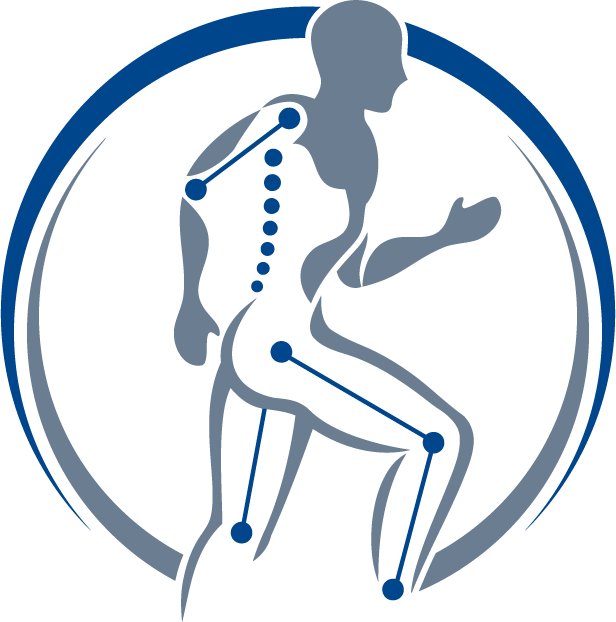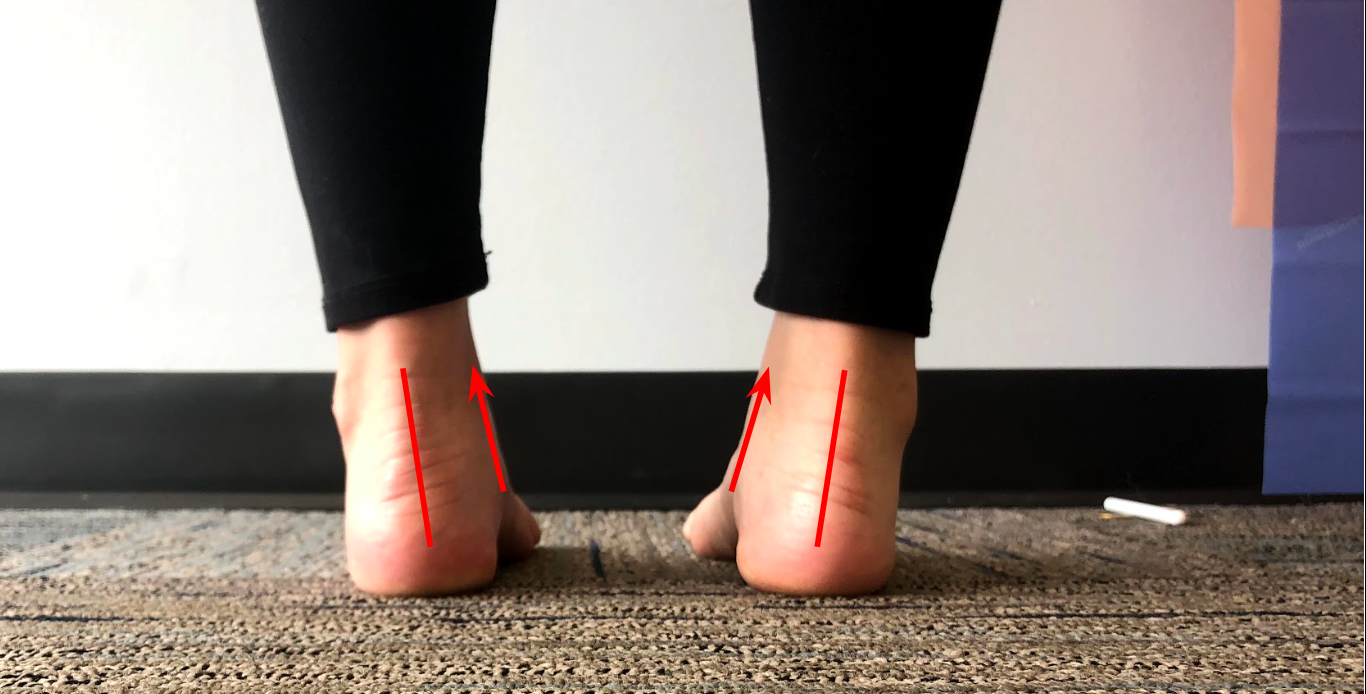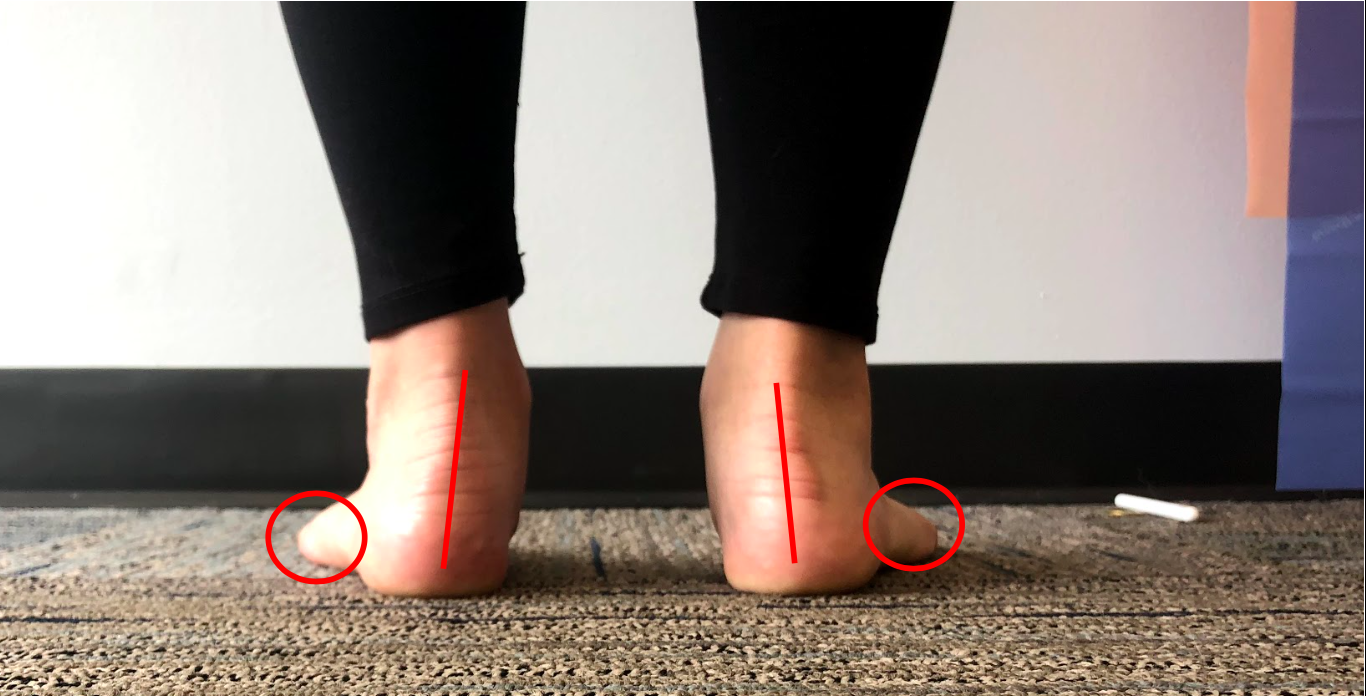Pure Barre: Foot Posture Corrections
When we grow up thinking about posture, we often think of our low back and shoulders. Rarely do we consider the posture of our feet. As the base of our whole body, foot posture can impact the alignment of many joints.
The arch of the foot is a shock absorption system. It should be rigid when we need stability and flatten when we absorb shock. In general, people fall into one of three foot types: pronated, neutral or supinated. Most people have either pronated or neutral foot types, meaning the arch of the foot easily flattens. Too much pronation contributes to many of the foot pain problems we see in our clinic, including plantar fasciitis, achilles tendonitis, tarsal tunnel and hallux valgus. Individuals in the supinated group (maybe 20-30% of the general population) have a rigid arch, meaning it does not easily flatten. Individuals with a supinated foot type have difficulty managing quick rotational motions or increased force, leading to ankle sprains and stress fractures.
I describe these differences in foot posture because this blog is most relevant to the neutral and pronated foot type groups, but not as much to the supinated foot type group. Our Pure Barre exercises typically require foot stability, something that supinated individuals excel at. For the rest of us, managing our foot posture can help keep our feet happy.
What is good alignment? Keeping a modest arch of the foot while the foot and knee are pointing generally the same direction (see photos below). When the arch of the foot flattens, it also drives the knee to turn inward, creating stress at the knee, hip and low back. When we correct this arch posture it requires muscles in the arch of the foot, the inside of the lower leg and in the hip.
Here a correction of the foot posture improves knee alignment as well.
See additional examples of low and neutral arch posture in the images below.
Neutral Arch Posture
Low Arch Posture
Neutral Foot Posture
Abducted and Pronated Foot Posture
For normal foot posture, imagine a footprint in the sand. Feel all of those areas of your foot touching the ground. Your weight should be distributed across the entire ball of the foot, outside of the foot and the whole heel. You will know if you have overcorrected your foot posture if your weight is only on the outside of your foot.
Neutral Arch Posture with Lifted Arches
Pronated Foot Posture with low arch
Over-correction of Foot Pronation
Pronated Foot Posture with Foot Turning Out
When trying to lift and stabilize your arch think of pressing the big toe knuckle down into the ground (see the penny below) while shortening the arch of the foot up (see the pen below). If these muscles have been under worked for years, it may be difficult to make these corrections at first. Eventually, if you strengthen the muscles enough, you may no longer rely on the support in your shoe to create your arch.
Arch pressing down into the pen
Arch Lifted up off of the pen keeping the penny pressed down
Start by practicing this in sitting, then try in standing. Once you can keep good foot posture in standing, try to maintain that posture during your Pure Barre squats or wall sits. If possible, avoid poor hip and knee posture that drives ankle pronation.
Quad Strengthening with arches lifted.
Poor standing posture at the pelvis leads to poor standing posture at the knee and ankle.
As it gets easier to support your arch in standing on two feet, move to focusing on foot posture during your single leg standing exercises at the barre or your chair at home. Focusing on foot posture can be a fun way to distract your mind during those deeper burns in class when you are getting tired! You could also think about foot posture when you are standing in line at the grocery store, doing dishes or sitting at your desk.
Pronated arch in single leg standing
Neutral arch in single leg standing
As with all generalized information, there are some people with biomechanical and structural variations that will have more difficulty with this foot posture task. If something doesn't feel right in your body, then it may not be for you. As always, feel free to reach out to me or your Pure Barre instructors with questions!
To your movement health,
Ann & Jesse
Second demonstration of arch height.
This blog is not intended as medical or professional advice. The information provided is for educational purposes only and is not intended to serve as medical or physical therapy advice to any individual. Any exercise has potential to cause injury or pain if it is incorrectly done or is not the right exercise for an individual’s medical or physical problems. You should consult with a physical therapist or medical provider for individualized advice.

















